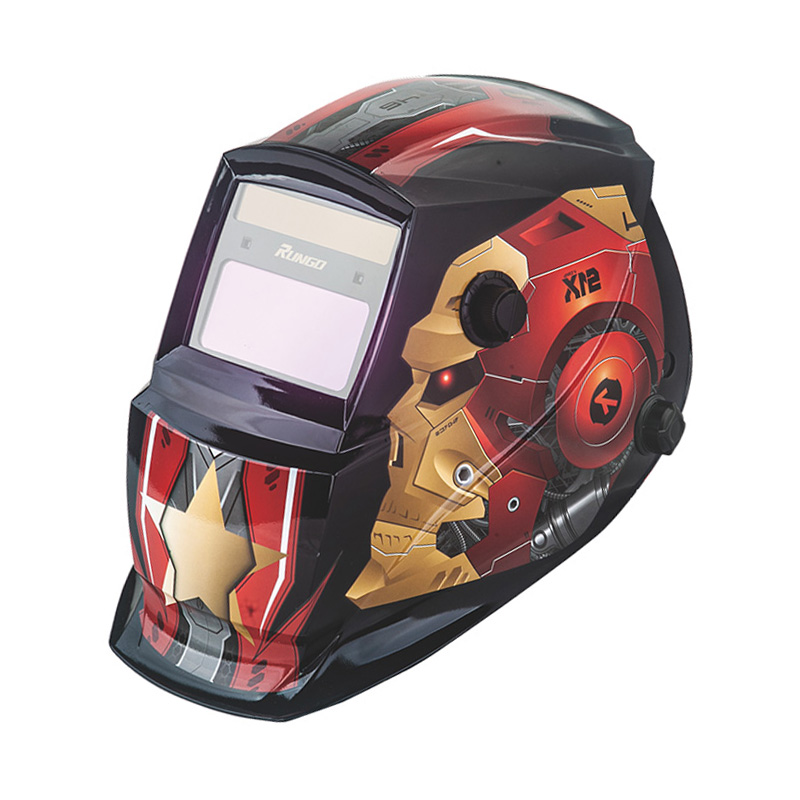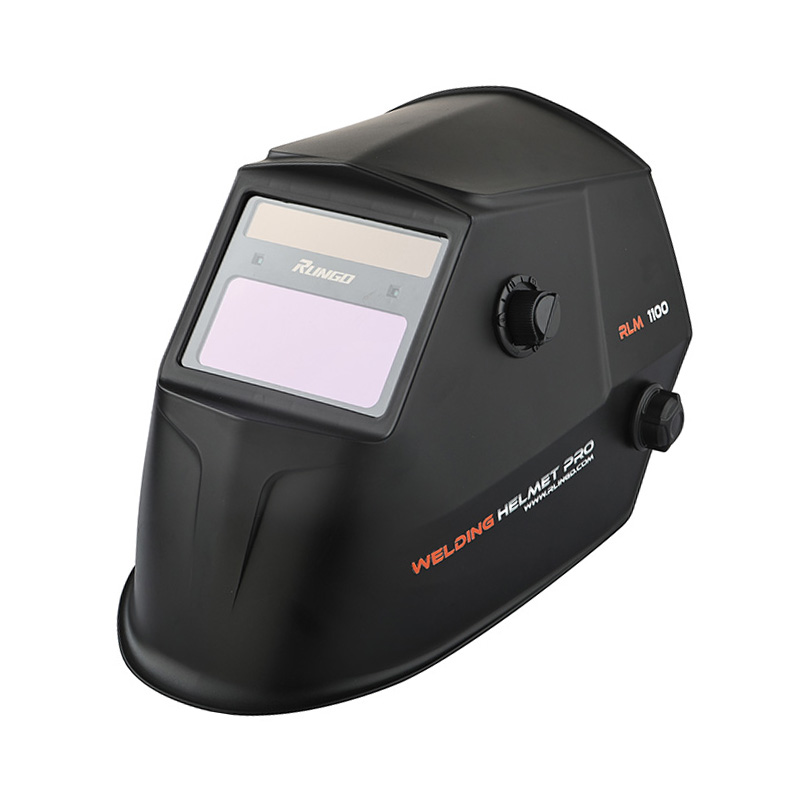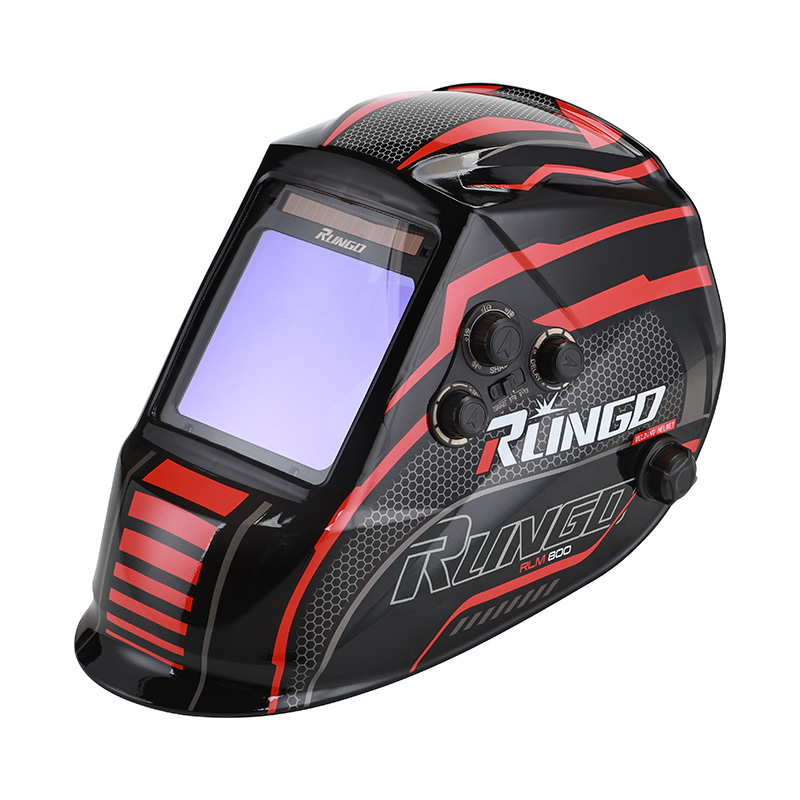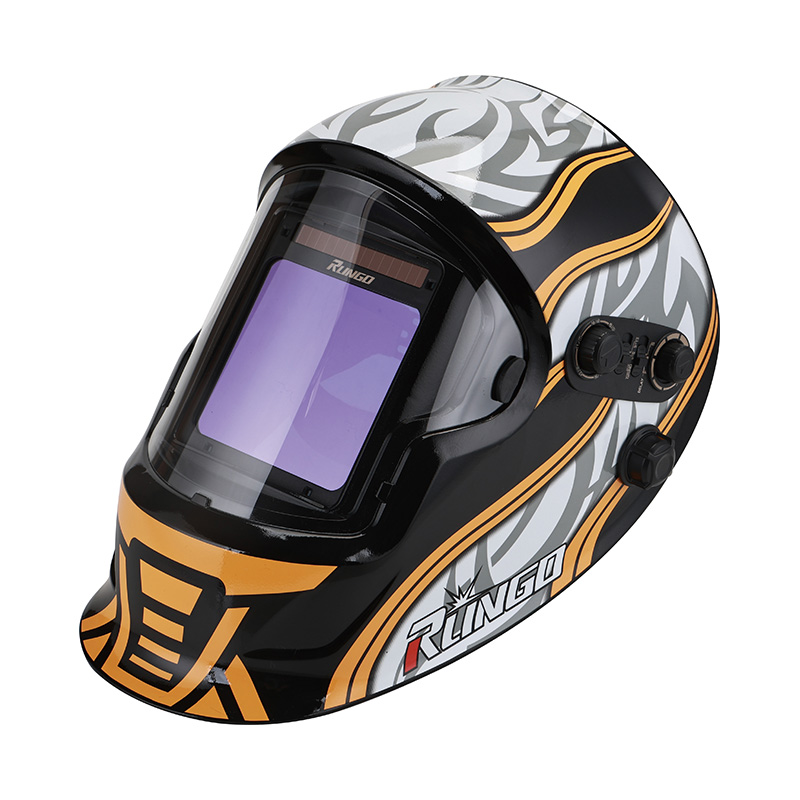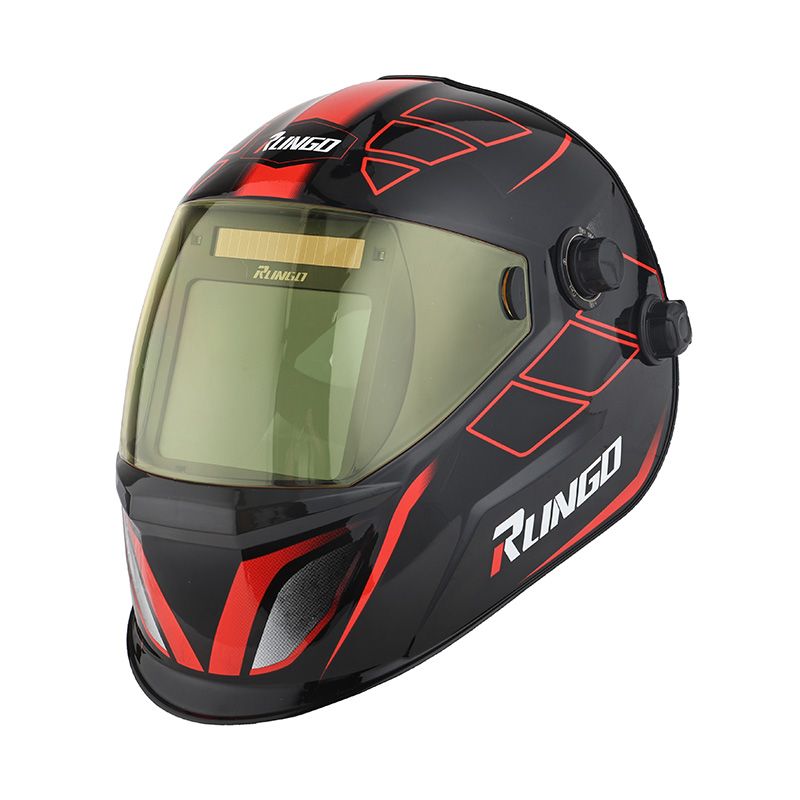Assessing the Suitability of Auto Darkening Helmets for Multiple Welding Techniques
2025-08-15
Compatibility of Auto Darkening Helmets with Various Welding Methods
The Auto Darkening Welding Helmet has become a standard piece of equipment in modern welding due to its ability to adapt quickly to the intense light generated during arc ignition. Whether working with professionals or hobbyists, this technology brings convenience, protection, and enhanced efficiency. A commonly raised question is whether this type of helmet is versatile enough to be used across different welding techniques—namely TIG (Tungsten Inert Gas), MIG (Metal Inert Gas), and SMAW (Shielded Metal Arc Welding), also known as stick welding. Addressing this requires an understanding of how the helmet reacts to the unique demands of each process.
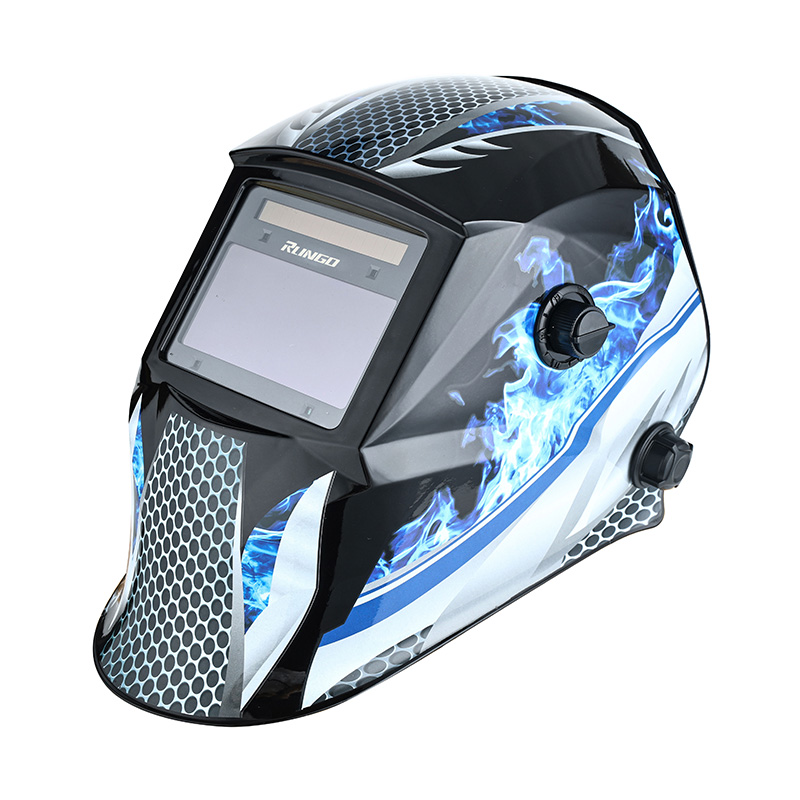
Sensitivity and Performance in TIG Welding
TIG welding is known for producing a stable but low-amperage arc, which can be challenging for some helmets to detect. High-end auto-darkening helmets are often equipped with adjustable sensitivity settings that allow users to fine-tune the helmet’s sensors for detecting even low-light arcs typical in TIG applications. If the helmet lacks this level of sensitivity, the lens may fail to darken properly or on time, causing eye strain or flash exposure. Therefore, for TIG welding, not just any helmet will suffice—it must be capable of detecting subtle arc signals and responding instantly.
Response Time and Reliability in MIG Welding
MIG welding, compared to TIG, usually involves higher amperage and a brighter arc, which is easier for most auto-darkening systems to detect. In this context, switching speed and consistent performance are crucial. A helmet that darkens too slowly can allow temporary exposure to intense light, which disrupts concentration and comfort. Most quality helmets handle MIG welding effectively, especially those with variable shade options and fast reaction times. This makes them well-suited for users transitioning between short bursts and continuous welds without needing to remove or flip the visor manually.
Strength and Durability Under Stick Welding Conditions
Stick welding is a more rugged and less precise process, often used outdoors or in heavy-duty construction settings. It produces significant spatter and smoke, conditions under which the helmet must remain resilient and responsive. Since stick welding typically involves moderate to high amperage, most auto-darkening helmets function effectively, provided their sensors are not obstructed. Additionally, impact-resistant lenses and a robust frame are important features to withstand the rough environments in which stick welding is frequently performed. Helmets designed with industrial applications in mind tend to offer these protections as standard.
Convenience of Unified Equipment for Multiple Processes
One of the valuable advantages of using a single helmet across different welding methods is the continuity it provides. Rather than switching helmets between tasks, welders can simply adjust the sensitivity, shade, or delay settings to accommodate each process. This saves time and reduces the learning curve associated with mastering multiple equipment types. Moreover, consistent comfort and visibility promote better weld quality and reduce physical fatigue over long sessions. With the proper helmet model, operators can confidently shift from delicate TIG seams to robust stick welds without compromising safety or clarity.
Conclusion on Multi-Process Suitability
In summary, an Auto Darkening Welding Helmet can indeed support TIG, MIG, and stick welding, as long as it offers customizable features suitable for each technique’s characteristics. The key lies in selecting a model with adequate sensitivity, rapid switching speed, and rugged construction. When these criteria are met, the helmet serves as a reliable and efficient tool across a range of welding scenarios, making it a smart investment for both professionals and serious enthusiasts. Versatility in equipment not only simplifies workflow but also enhances overall safety and productivity in the welding workspace.

